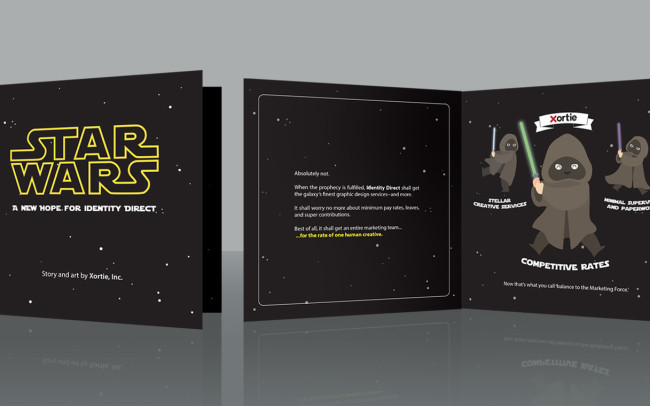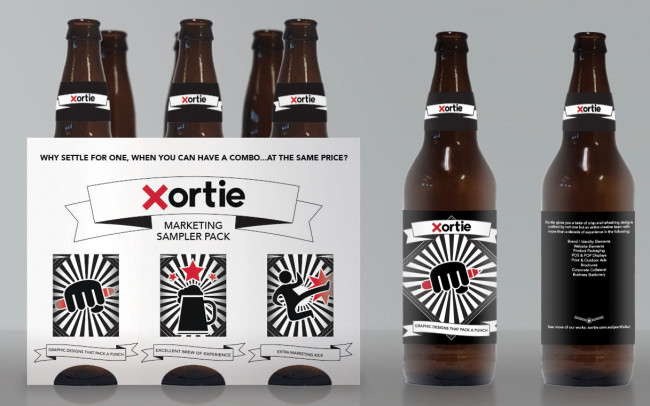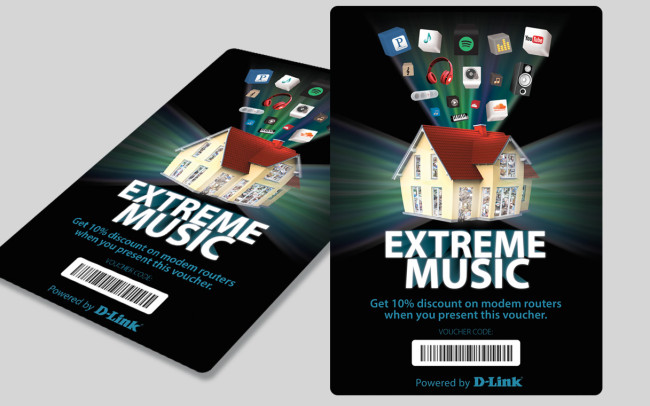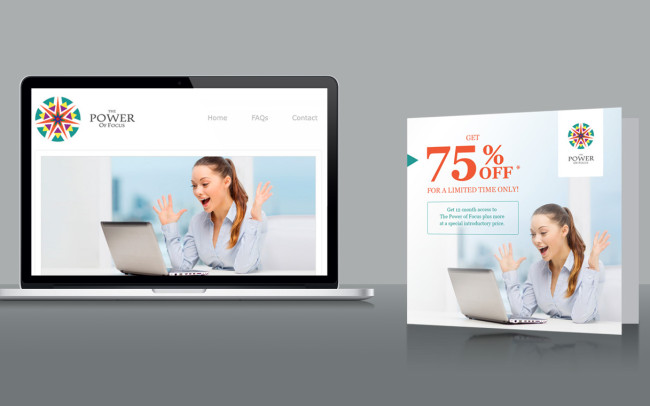Long Live Mail: 6 Advantages of Direct Mail Marketing
With the rise of online and mobile usage, marketers are turning to web ads, social media, and email as it is seemingly more effective and less expensive than its more traditional and offline counterparts such as direct mail. Nonetheless, the ‘lowly’ mailer is not dead. At least not yet. Knowing the advantages of direct mail marketing and some of its tactics can guarantee that your next mailer campaign will deliver a clear return of investment.
Why direct mail? Despite its reputation for being out-of-date, direct mail continues to be a trusty weapon in any marketer’s arsenal because it offers many benefits for Australian businesses. Here are some of its advantages over other forms of marketing:
1 Direct mail is not pushy.
Unlike pop-up ads and sponsored social media posts that interrupt browsing, direct mail offers customers more freedom to choose the best time for consumption. When your customers are in the right frame of mind to read your mailing piece, they are more likely to respond positively. And compared with most e-direct mailers that inadvertently land in the Spam folder or are purposely junked without being opened, direct mail is at least skimmed before being chucked out. In fact, one Australia Post survey reveals that over 99% of Australians open their mail, 60% read it thoroughly, and 54% store it for later reference.
No-one overlooks mail! Mail has cross-generational appeal. Those aged 60+ years were most likely to check their mail daily (87%) and read it on the same day they received it (94%). While these percentages were lower for youth, more than half of this segment checked their mail daily and read it the same day – demonstrating that mail delivers urgency and engagement with Australians of all ages.
— Australia Post, Better Connections: Mail engages young and old (2015)
2 Direct mail is versatile.
When it comes to marketing, traditional doesn’t necessarily mean boring. Direct mail marketing might be an approach from way back, but its versatility compensates for its age. Unlike other forms of media, direct mail can be fashioned into just about anything, from something as simple as a postcard to something as impressive as a lightweight brochure with a built-in LCD screen or three-dimensional as a bottle of wine with a personalised label.

Gone are the days of the simple letter mailers. Now you can produce highly customised direct mail like this illustrated book specially made for a business carrying popular movie character brands.
As long as your direct mail can carry your marketing message clearly and can be delivered to the prospective customer’s house or office, the possibilities are endless, more so when you have a highly experienced creative team backing you.
3 Direct mail engages the senses.
The tangible attributes of the conventional mailer could be the main reason why more than half of Australian recipients peruse and even hang on to direct mail. When you present your message in physical form, the sense of touch comes into play, which could positively affect mood and consequently decision-making.
In connection to that, some studies suggest that because reading on a screen (e.g. computer, mobile phone) is more physically and mentally taxing than reading on paper, people comprehend and remember less. In this case, direct mail is a more effective choice particularly if you are sharing lengthy information.

Because of direct mail’s versatility, you can go beyond sight and touch, as in this beer pack by our creative team. For more outside-the-box yet practical direct mail ideas, get in touch with us.
And when it comes to providing a complete brand experience, flashy eDMs, witty memes, and television commercials can only do so much. Direct mail, on the other hand, can appeal to more than just the sense of sight and sense of hearing. If you market a fragrance brand, for instance, you can better entice a customer to buy a full-sized bottle of perfume if you post a trial pack or a scented postcard, something you cannot do at the moment with email.
4 Direct mail is easily measurable.
Whilst digital campaigns do come with powerful tools that allow you to keep track of your progress, that does not mean that the success of direct mail marketing cannot be quantified.

One way to accurately track conversions from your direct mail marketing efforts is through a card that customers need to return to the store in exchange for a discount.
Pre-paid business reply cards, for one, can easily reveal what percentage responded to your campaign. Assigning a dedicated phone line, a landing page, or both can also determine which leads or sales were a result of your direct mail campaign. Including a code or a coupon which recipients can surrender upon purchase is likewise a popular method for measuring response rate.
5 Direct mail complements other marketing channels.
As more businesses invest in the digital market, they are also showing a preference for multichannel marketing as this strategy makes for a more seamless customer experience. Direct mail could be an effective add-on to your activities.
If you’re running a fund-raiser, for example, you can support your social media efforts with a mailer: the first can drum up the activity among a more general target audience whilst the second can help reiterate your message to a much specific group. Connecting with your audience on a more personal level suggests exclusivity–that they were specially picked for this event–thus drawing a more favourable outcome than using social media alone.

Support your online promotion with a mailer for your highly targeted segment.
Conversely, you can use direct mail as a way to introduce your digital marketing activities. One way to achieve this is to include in your mailer a QR code that will lead to your website or social media page or automatically download your phone app.
6 Direct mail can be cost-effective.
Opinion is divided as to whether direct mail offers more bang for your buck than other marketing efforts. At first glance, direct mail seems to involve more manpower and money, from design to production to delivery. Depending on certain aspects of your campaign, direct mailers could be a more affordable choice. That’s exactly what Australia Post discovered. According to one of their surveys, Australians prefer to get magazines, sensitive and detailed information, brochures and catalogues, and, vouchers or coupons via mail. So when you need to introduce your new line of products to your club card members or explain an important bank policy update to your account holders, investing in a mailer can ensure that your intended recipients get your message–and act on it. Brief and less sensitive information such as newsletters and general announcements are better sent off as email.
As with any campaign, judicious use of customer data, creativity, and perfect timing can result to a good response rate. So before you jump on the modern marketing bandwagon, know your audience and study your objectives. Most of the time, it’s the conventional that can win over even the trendiest of crowds.
How else can businesses gain from direct mail marketing? Send us your thoughts.

